We have answers to your common hvac questions!!
How Does a Furnace Work?
Most people know furnaces heat their homes or businesses, but have HVAC questions about how exactly that is done. Furnaces heat your home or business by warming air and circulating it into the living or work areas indoors. Furnaces are electric, or powered by a heating fuel such as oil, natural gas, or propane.
In a gas furnace, when a heating cycle is called for by your thermostat, the system’s pilot light or ignitor will fire up the burners in the combustion chamber. The burners produce heat, that moves into the heat exchanger. Within the heat exchanger, that heat is transferred to the air cycling through the furnace. The system’s blower then moves the heated air through the duct system and into your home or business. The system keeps running like this until the temperature in the room reaches the temperature called for by your thermostat.
In an electric furnace, electricity starts the heating process rather than a pilot light or ignitor. Heating elements are used to warm the air rather than a gas burner. Air passes through the heating element’s electric resistance coils, where heat is transferred to the air supply. Then the blower circulates heat to interior areas.
How Does an Air Conditioner Work?
Many users have HVAC questions about the cooling process and how an air conditioner works. Air conditioners are made up of four essential elements: the evaporator, compressor, condenser, and expansion device. Indoor air is circulated through the system, passing over the evaporator coil which is located inside the home. The refrigerant inside the evaporator coil absorbs heat from the air, and transforms from liquid to vapor.
Vaporized refrigerant moves to the compressor, which is located outside. The compressor compresses the vapor, increasing temperature and pressure.
The refrigerant then moves to the condenser. The condenser condenses the refrigerant gas back into a liquid, allowing heat to radiate out. The metal fins surrounding the outdoor components, in partnership with a condenser fan motor to circulate air, allow the heat to disperse into the outdoor air quickly.
The refrigerant is moved back to the interior system in a cooled state, as a liquid. The expansion device regulates refrigerant flow going into the evaporator coil.
Once heat is extracted from the air in the evaporator coil, the blower will move the cooled air back into the interior spaces. The process is repeated until the desired temperature is reached indoors.
How Does a Heat Pump Work?
Heat pumps work differently than other types of heating and cooling equipment, creating HVAC questions about how they operate. Heat pumps offer both heating and cooling by moving heat from one area to another. Heat pumps are either air source, water source, or ground source (geothermal). To heat a home, the heat pump extracts heat from a heat source: the air outdoors (yes, there is still heat in the air even when temperatures are low), the water source (usually a pond or lake on the property), or from within the Earth (temperatures below ground remain consistent around 55 degrees year-round). This heat is moved into your home or business until desired temperatures are reached.
To cool, the heat pump extracts excess heat from indoor air. The heat is moved out of the home and deposited either into the air outdoors, the water source, or into the Earth. Heat is moved out until desired indoor temperatures are achieved.
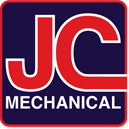


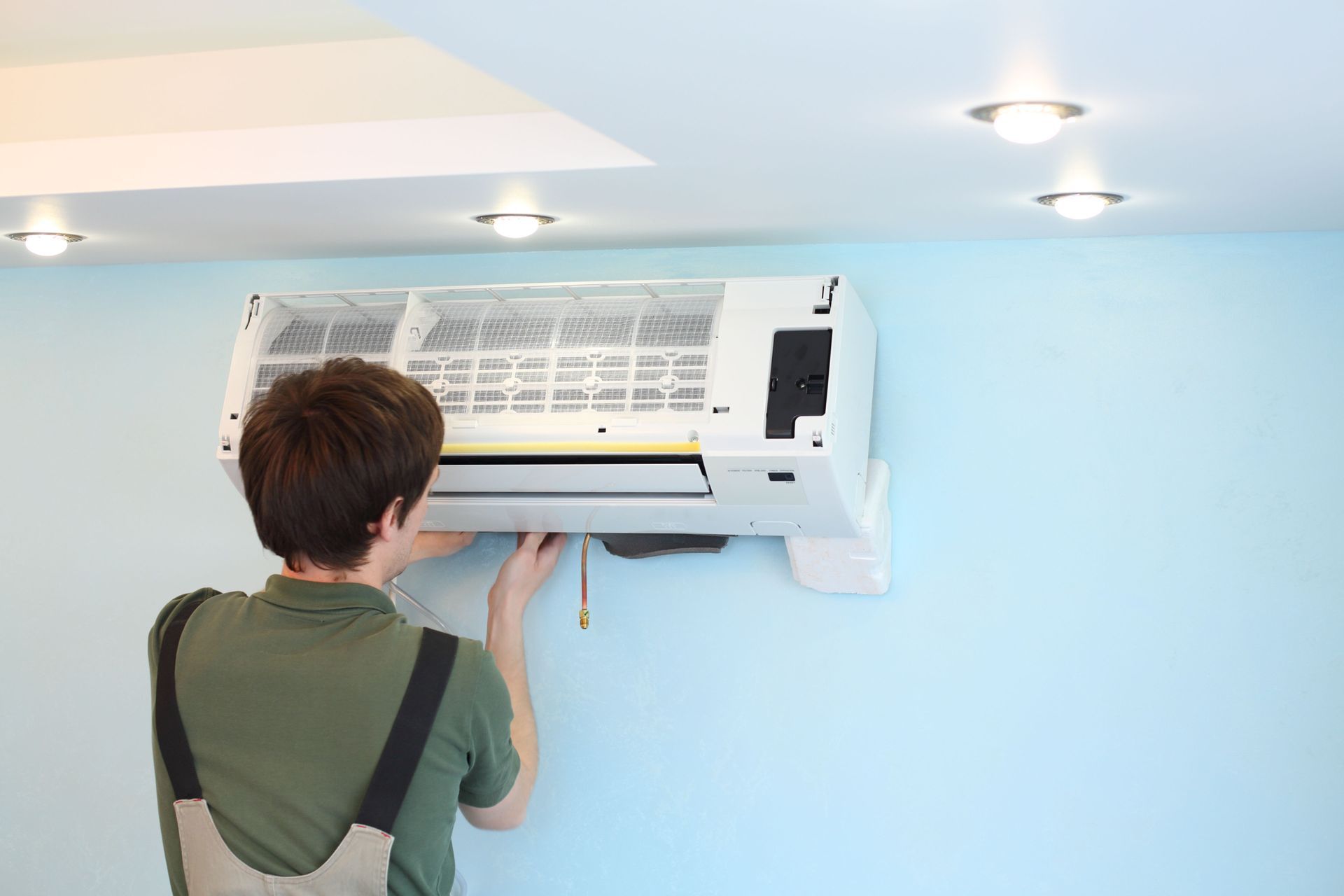
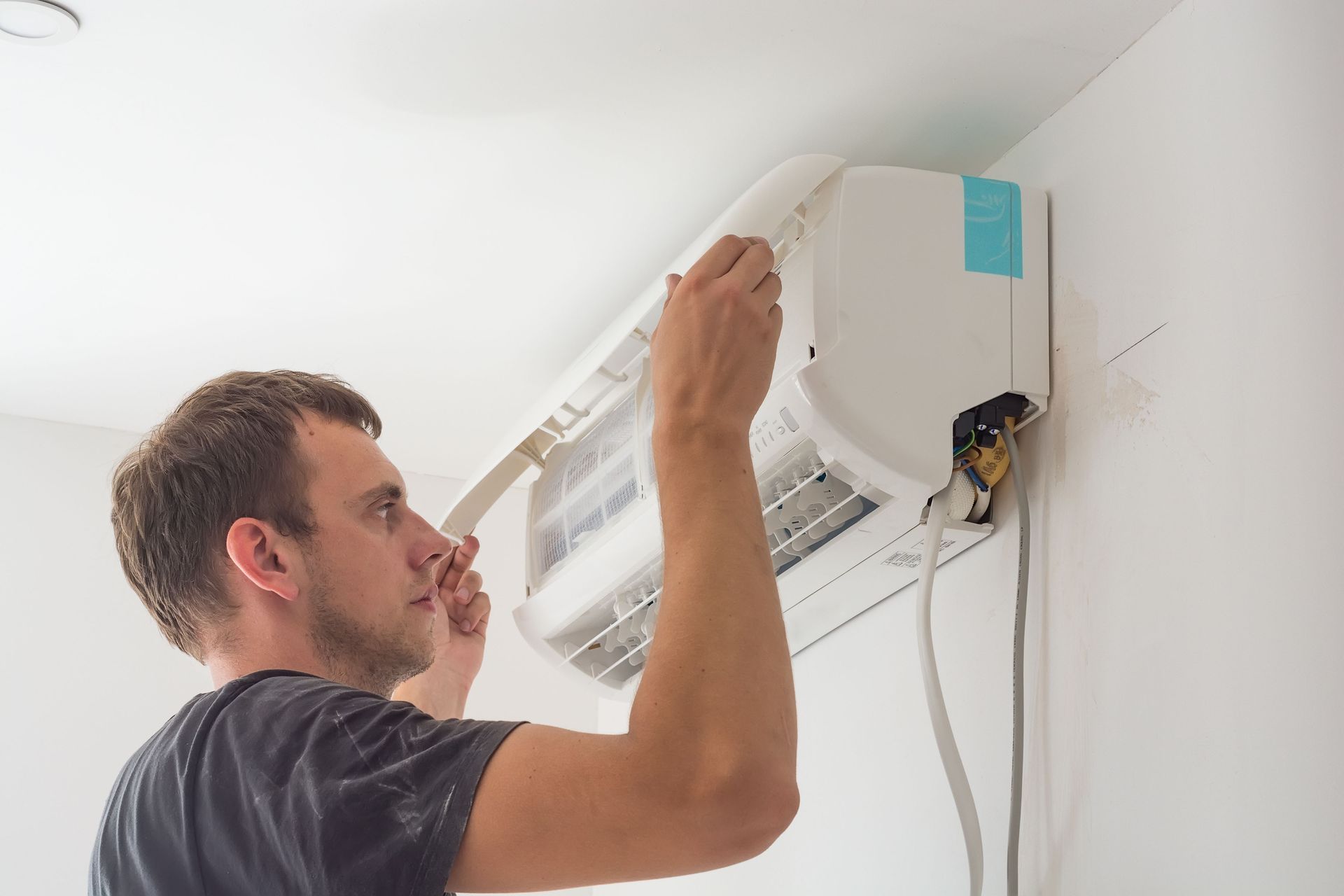
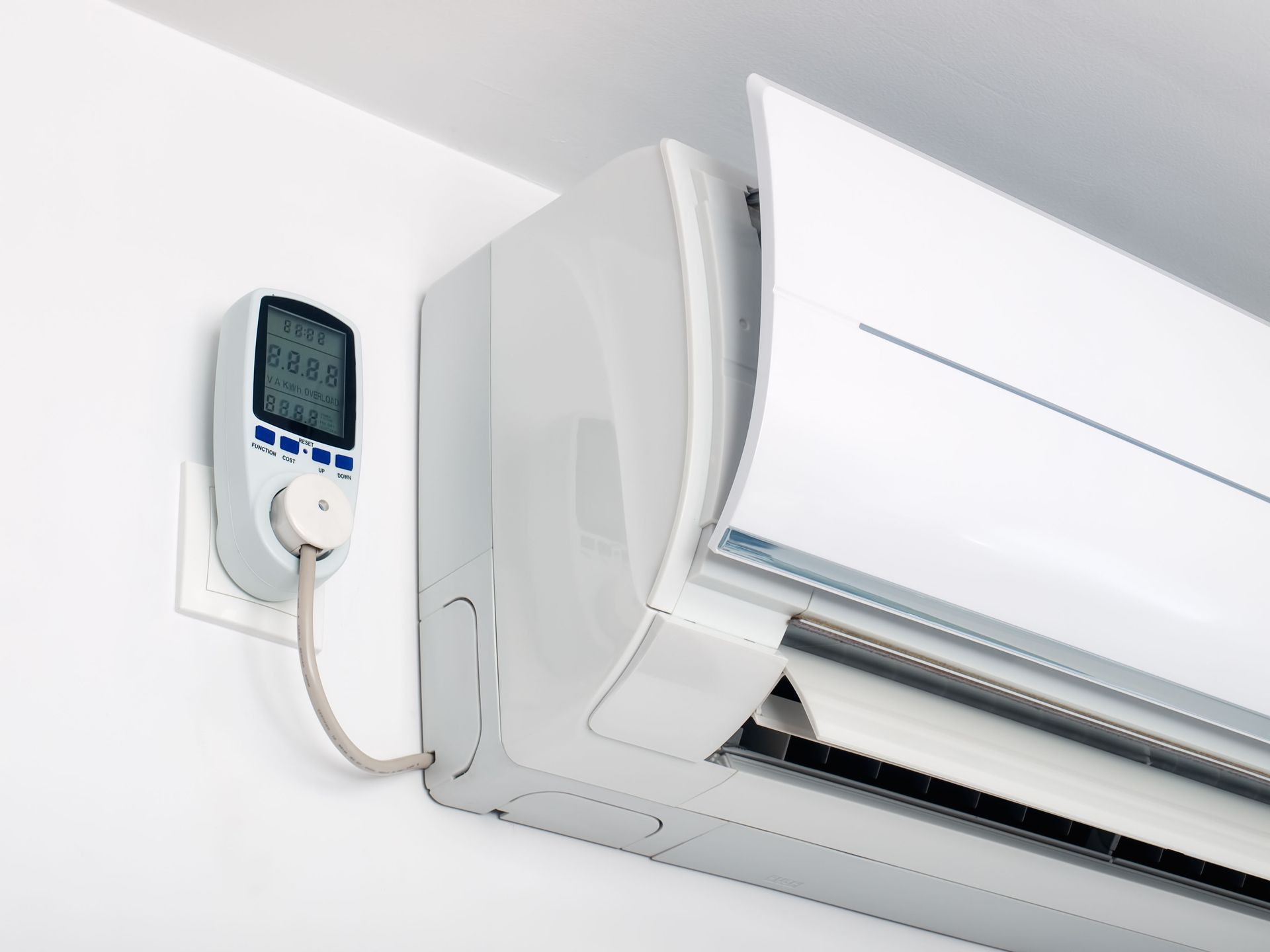
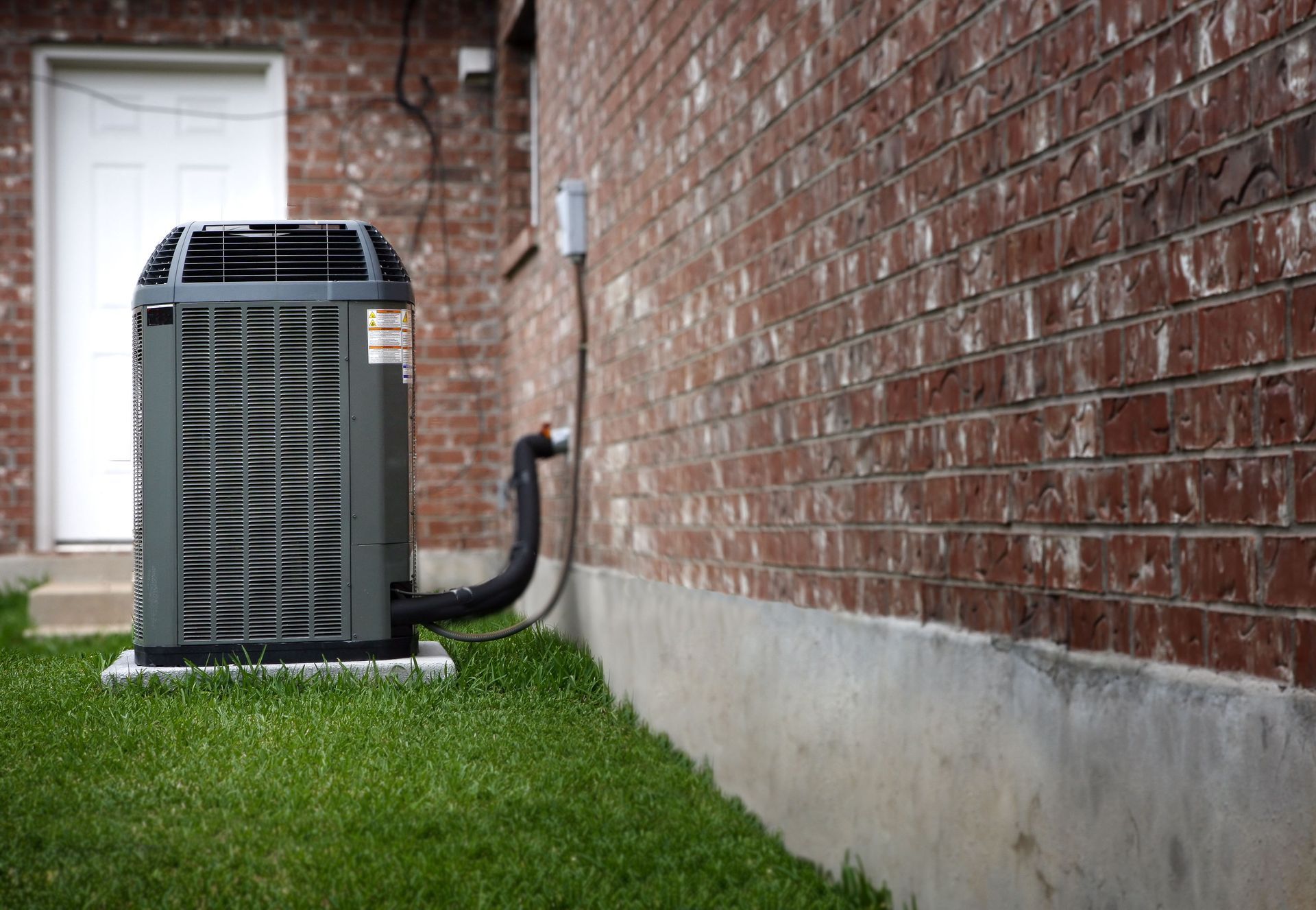








Share On: